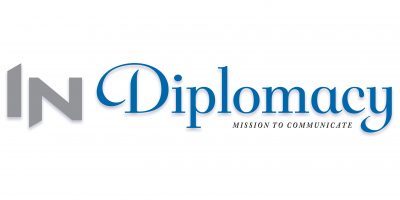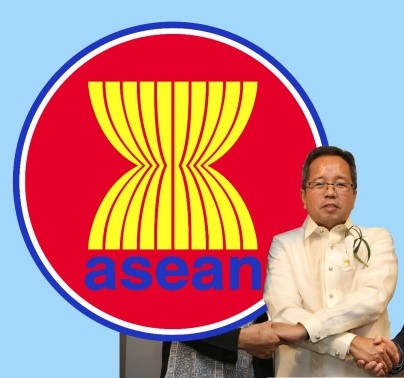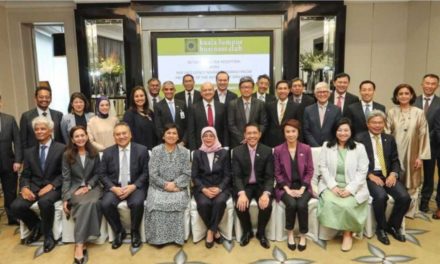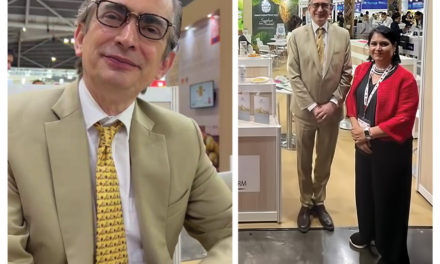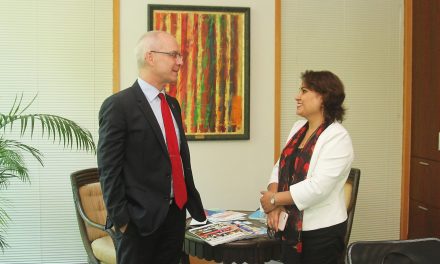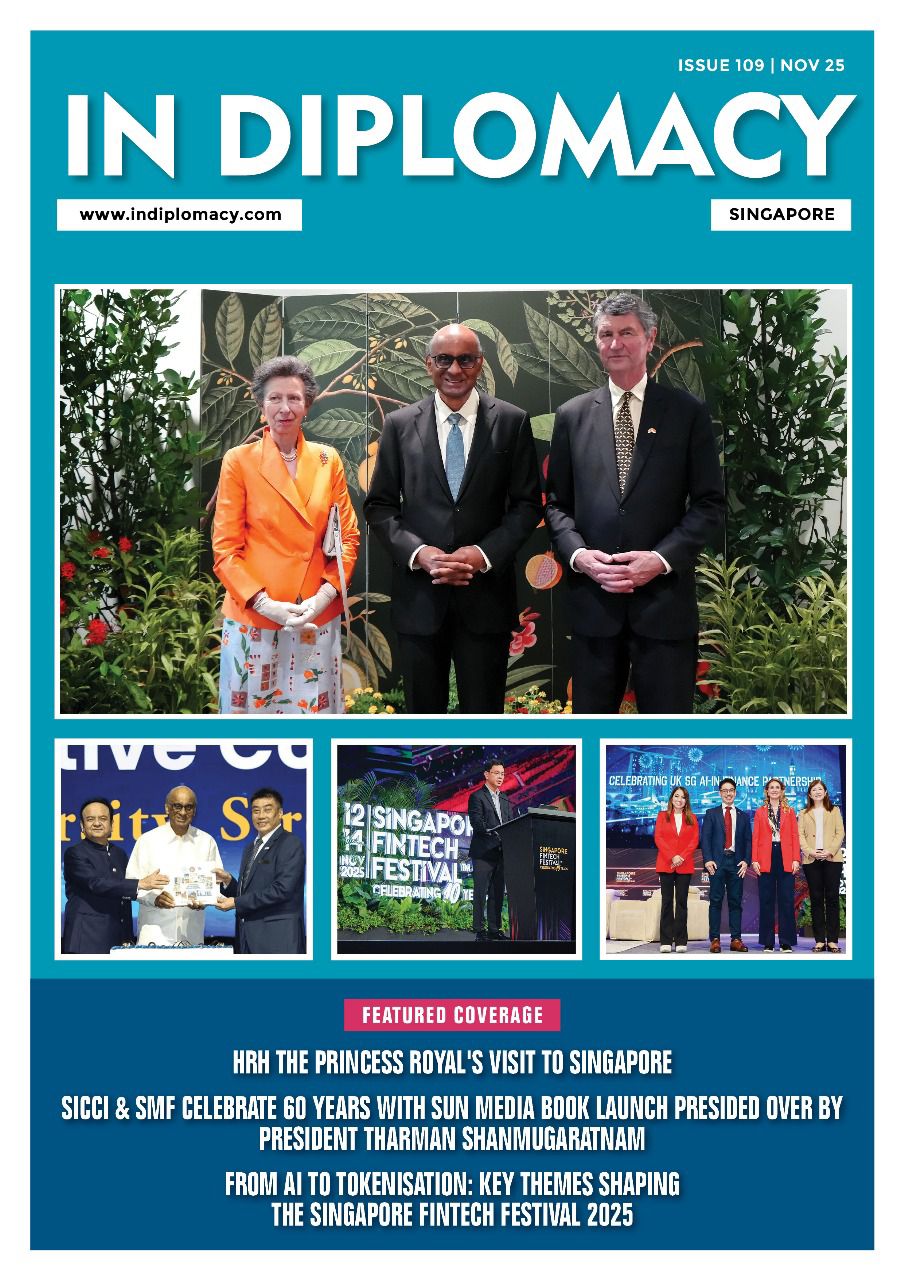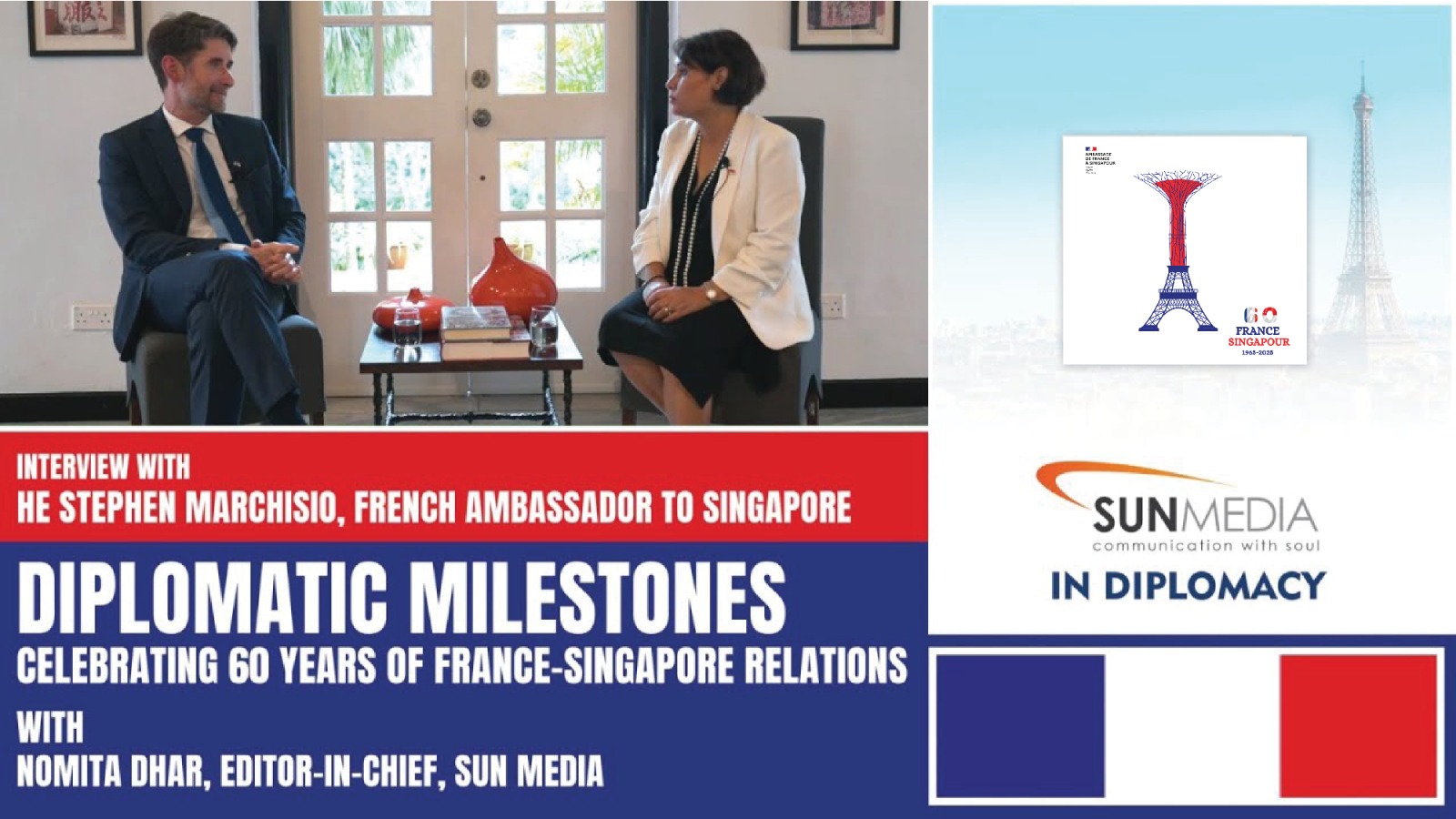This year is a significant one for the Philippines. The country is chairing the semi-annual Association of Southeast Asian Nations (ASEAN) summit in April and November 2017 and its chairmanship coincides with the ASEAN’s 50th Anniversary. Last year, the Philippine economy was the fastest growing in Asia, at 7.1% in the 3rd quarter compared to the same quarter in 2015; its most robust rate of growth in three years. As such, the Philippines is looking forward to building on last year’s success in 2017 with its ASEAN chairmanship. Among its chairmanship priorities are in the areas of peace, maritime security, protection of migrant workers, resilience as well as inclusive, innovation-led growth. IN Diplomacy talks to the ambassador of the Philippines to Singapore, His Excellency Antonio Morales, on his nation’s ASEAN chairmanship and strategic initiatives in the times ahead.
Please share with our readers on the Philippines’ foreign policy thrust and focus areas?
Since assuming office, President Rodrigo Duterte has espoused the pursuit of an ‘independent foreign policy’. As the 1987 Philippine Constitution already mandates it, the President aims to pursue a foreign policy that is not subject to any outside pressure and interference while striking a balance among our international partners.
The Philippines has also assumed the chairmanship of ASEAN this year. Hence, much of the focus of our foreign policy in 2017 will be to ensure that the core message of our nation’s ASEAN chairmanship is effectively conveyed and that is “to champion positive change in the community to produce a unified voice in the world.” This core message has six thematic priorities, namely: a people-oriented and people-centered ASEAN; peace and stability in the region; maritime security and cooperation; inclusive, innovation-led growth; a resilient ASEAN; and ASEAN, a model of regionalism, a global player.
The Philippines is a positive contributor to the collective growth of ASEAN. Could you elaborate on any new initiatives?
Apart from the pursuit of our core message and thematic priorities, we fervently hope that the Philippines could be a catalyst towards bringing ASEAN to an even higher level through this chairmanship.
Of course, foremost in our goal of achieving collective growth in ASEAN is ensuring that the ASEAN Economic Community continues to provide greater equality among the member states. Given the fact that the Philippines’ chairmanship coincides with the 50th Anniversary of ASEAN’s formation should make our efforts more meaningful.
The bilateral ties between Singapore and the Philippines have always been great. What are the new areas of cooperation that were explored during President Duterte’s visit to Singapore last year?
Since the holding of the 3rd Informal Consultations on the Philippines-Singapore Action Plan (PSAP)here in Singapore in 2015, we are now in the process of coordinating with the concerned agencies on the status of our cooperative projects. We are also hoping to come up with an agreement on the proposed date of the 4th informal consultations in Manila, perhaps later this year.
The Philippines economy is the fastest growing in Asia, at 7.1% in the third quarter of last year, how would you like to leverage on this growth factor and attract investors?
Our country’s high growth rate sends a positive signal to would-be investors that the Philippines is an attractive investment destination. But other than that, we also like to emphasise other factors that show a positive investment climate in the Philippines, such as its young demographics that provide a rich talent pool, little to no strikes or lockouts as compared to other countries, competitive labour costs, a geographic location that serves as critical entry point to the ASEAN market and the East Asian economies, and competitive investment incentives.
What plans are being undertaken to attract more tourists to the Philippines and how would you like to leverage on the proximity for members of the Diplomatic and Consular Corps in Singapore to visit your country?
Here in ASEAN, particularly in Singapore, we are continuously improving the access of tourists to the Philippines by increasing the number of direct flights not just to Manila but also to other entry points, such as Cebu. In fact, our flagship carrier Philippine Airlines launched its Singapore-Cebu flight last December, while other airline companies are also following suit. Budget carriers, such as Cebu Pacific, also provide a cheaper alternative that will attract younger travellers on a budget.
The Philippine Department of Tourism also has a tourism marketing representative in Singapore. Coming from the local travel/tourism industry, our tourism marketing representative understands the pulse of the local market to better promote tourism in the Philippines to Singapore.
Your workforce has been contributing to Singapore and around the world with their skills. How does the embassy engage them and enhance opportunities for them?
Among the three pillars of Philippine Foreign Policy is the protection of the rights and the promotion of the welfare and interest of all Filipinos overseas. Hence it is already enshrined in our mandate to continuously engage with our overseas Filipinos to make sure that they are given the utmost care and professional consular service by the embassy.
But more than just protecting them and looking after their welfare, the President also wants to further strengthen the reintegration program for overseas Filipinos in recognition of the reality that working abroad is not a long term prospect for them. At some point, they would have to go back home and be with their loved ones.
That is why we have also been conducting financial management and entrepreneurship training for overseas Filipinos to encourage them to be wise investors and businessmen in our country. In partnership with other government agencies, such as the Department of Trade and Industry, and various civil society organisations, we have groomed overseas Filipinos who are empowered enough to go back home and transform themselves into entrepreneurs who actively contribute to our nation’s development not just through remittances.
What are the Philippines companies that have been doing exceptional work and generating opportunities between the two countries?
Among the Philippine companies that have been doing exceptional business in Singapore are Ayala International Pte. Ltd., an investment management company. In the banking sector, we have the BDO Unibank and Philippine National Bank. For remittance and logistic companies, there are iREMIT, Metro Remittance, and LBC Express.
Other main contributors are Megaworld Land for the property sector, Philippine Airlines, our flag-carrier; PLDT, a telecommunications company and for the food and beverage business, we have Jollibee, San Miguel Beer, Gerry’s Grill and the Yellow Cab Pizza chain.
Which are the favourable sectors for investors currently?
The following are the priority sectors for Singapore investments in the Philippines:
– Food processing and trading, food production zone (particularly in Mindanao), halal
– Infrastructure, Construction and Public-Private Partnership (PPP) Projects that also include logistics that will hasten movement of people and goods and linkages with regional markets.
– Clark Green City for Singaporean investors looking for expansion opportunities outside Metro Manila. This is being developed as the country’s first green and intelligent global metropolis, and is adjacent to Clark International Airport and Subic Bay Seaport, which are linked by Subic-Clark-Tarlac Expressway. These make for convenient import and export transactions.
– Shipbuilding
– Information Technology and Business Process Management Services
– Tourism Facilities
– Start-up
– Philippines as viable option for setting up Regional Headquarters and Regional Operating Headquarters (RHQs and ROHQs)
What is your New Year wish for our readers?
The State Visit to Singapore of President Duterte was a positive way of ending 2016. May 2017 usher in more fruitful developments in Philippines-Singapore relations, which will hopefully redound to tangible benefits for our people, including your readers.
Do you have a favourite place in Singapore?
My favourite place in Singapore? It is just amazing that for an island state it has so many things to offer, depending on your taste and interests. It is simply hard to pick a favourite. In my more than two years in Singapore, I have come to simply love the country as a whole.
Your must-see recommendations for visitors to the Philippines?
As I said, it really depends on your taste and interests, which goes to show the variety of tourist spots that the Philippines has to offer. If you like going to the beach, we have Boracay and Palawan, among others. Manila itself is a shopping haven with its many shopping malls and flea markets. We have a lot of churches and other architectural wonders that show our country’s colorful Spanish heritage, such as in Intramuros and the Baroque churches in Ilocos Norte, Ilocos Sur, and Miagao, Iloilo.
I am just barely scratching the surface on the multitude of tourist offerings from the Philippines. It is indeed more fun in the Philippines and I invite you and your readers to experience it!
